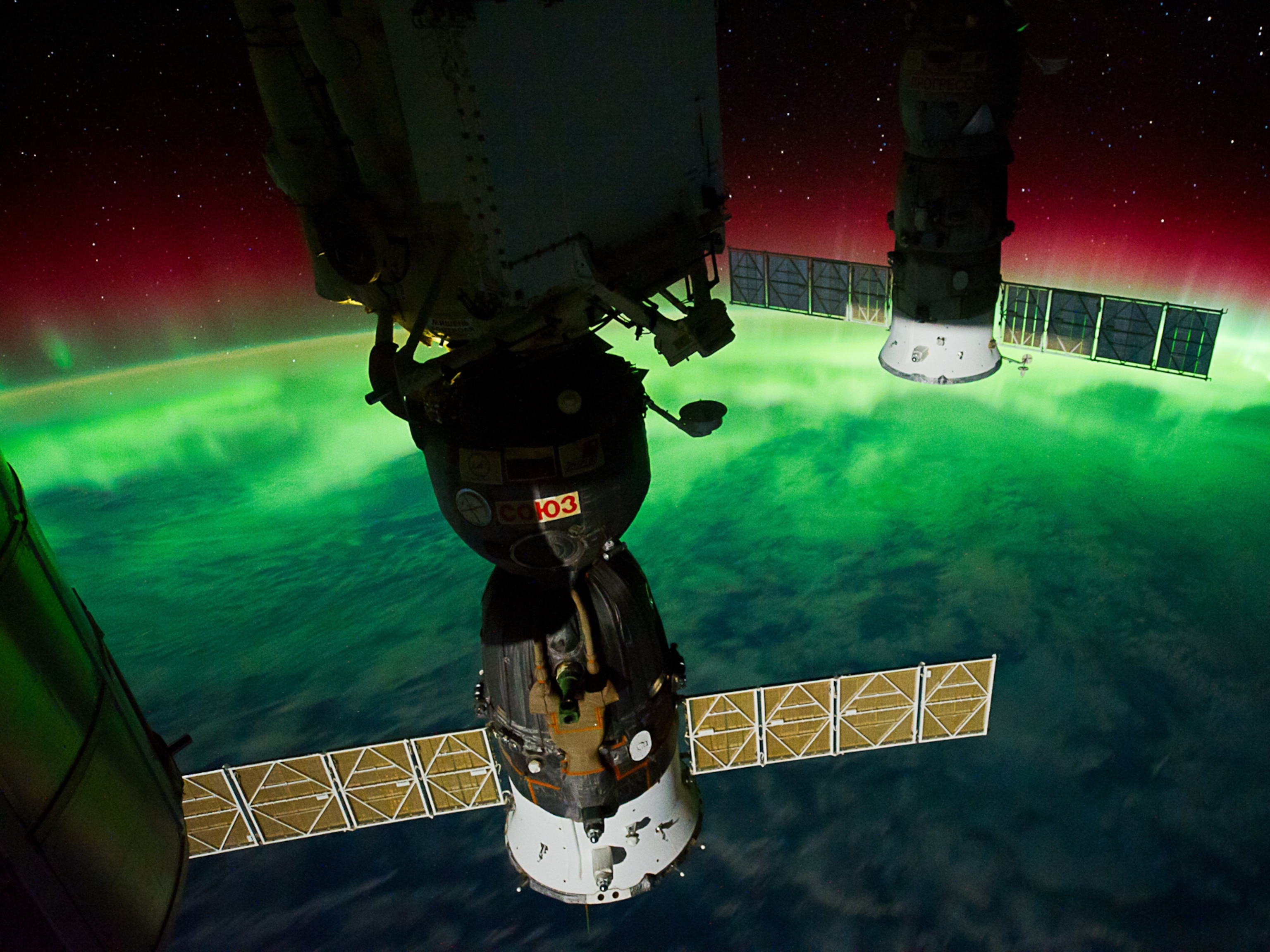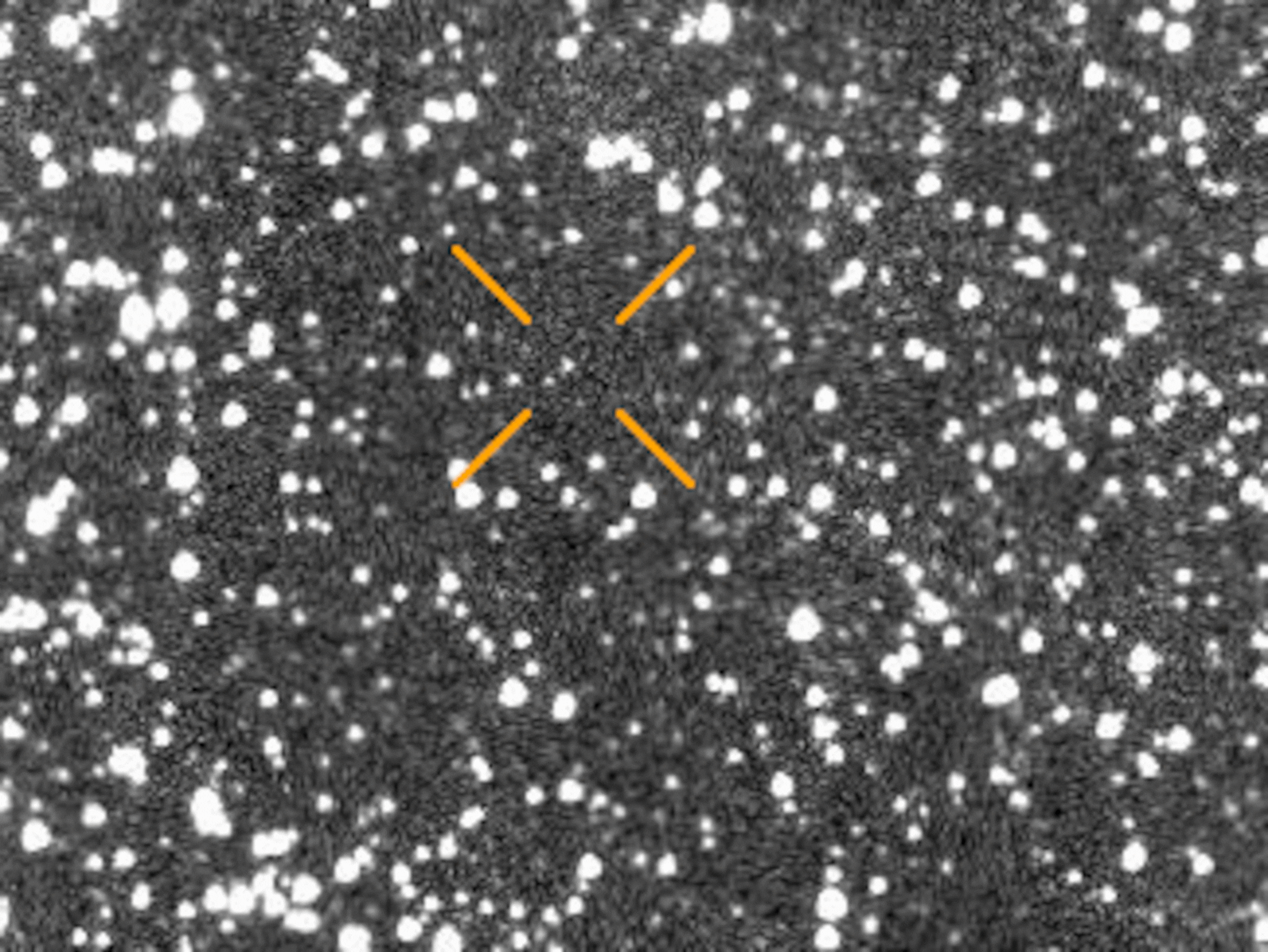
Alien Auroras to Aid Hunt for New Planets?
Radio emissions could be detected up to 150 light-years away, study says.
Auroras may be the next tools used in the ongoing hunt for new planets that orbit other stars, astronomers suggest.
The proposed method would allow astronomers to search for planets that orbit much farther from their stars than most of the new worlds found using current techniques.
"Auroras have been observed at all planets in our solar system which have a global magnetic field and a significant atmosphere," said lead study author Jonathan Nichols, an astronomer at University of Leicester in the U.K. (See pictures: "Huge Solar Storm Triggers Unusual Auroras.")
In addition to visible displays, auroras on Earth, Jupiter, and Saturn give off distinct radio emissions. Nichols predicts that giant radio telescopes on Earth should soon be able to detect these types of auroral signals coming from Jupiterlike planets that exist up to 150 light-years away.
(Related: "Jupiter Auroras Fed by Largest Moon's Magnetic 'Bubble.'")
"It is only recently that radio telescopes are becoming sensitive enough to potentially detect these faint planetary signals around other stars," Nichols said.
Auroras to Reveal Far-Out Worlds?
Since 1995 more than 500 exoplanets have been discovered using two main methods, both of which are best suited to finding planets that closely hug their host stars.
One method tracks planets that transit—or pass in front of—their parent stars, as seen from Earth. This motion creates periodic dips in stellar brightnesses. But the probability that a planet is aligned so that we can see it transiting diminishes as the orbital distance increases.
The other method is radial velocity, aka the Doppler wobble, which measures tiny variations in the way a star moves due to the gravitational pull of orbiting planets. A planet with a large orbit takes decades to make a single lap around a star, so any wobble wouldn't be noticed for many years.
(Related: "New Planet Discovered: First Spotted Outside Our Galaxy.")
So far, fewer than 10 percent of the planets discovered orbit their stars at distances equal to the orbits of our solar system's outer planets, Nichols said.
"Our work may lead to a method of detecting planets that orbit much farther out ... and may also lead to information about of the nature of the magnetic fields and plasma environments of these planets," Nichols said.
Based on their computer models, Nichols and his team found that the radio-aurora method would be most useful for finding Jupiter-size planets that spin rapidly on their axes and that orbit stars shining brightly in ultraviolet wavelengths—as do many of the young, low-mass stars known to host planets.
In fact, the method could spot radio emissions coming from planets that orbit their stars out to 50 times the distance between Earth and the sun—farther than the orbit of Pluto.
For Radio Search, Size Matters
In general, the search for radio emissions from planets outside the solar system isn't a new idea, but the technique hasn't been fruitful so far, said Sara Seager, an exoplanet hunter at the Massachusetts Institute of Technology.
"People have been trying to detect radio emissions from exoJupiters for well over a decade, but stars and planets both are really quite faint at radio wavelengths," she said. (Related: "Huge Storm Spotted on Saturn.")
Success depends on having a sensitive enough telescope.
According to study author Nichols, the best hope for detecting alien auroras lies with a next-generation radio telescope currently being completed in Europe. Dubbed LOFAR, for Low-Frequency Array, the telescope is a huge network of more than 15,000 antennae, which will collectively scan the night sky in low radio frequencies.
MIT's Seager agrees: "We're hopeful that with LOFAR's larger collecting area and frequency range, exoplanet radio detection can finally happen.
"It's exciting to think that the completion of LOFAR could be so enabling," she added. "Any kind of radio-emission detection from an exoplanet would be exciting news and a breakthrough in opening a new kind of observation for exoplanet characterization."
The research on detecting planets via radio auroras was presented April 18 at a meeting of the Royal Astronomical Society in the U.K.





